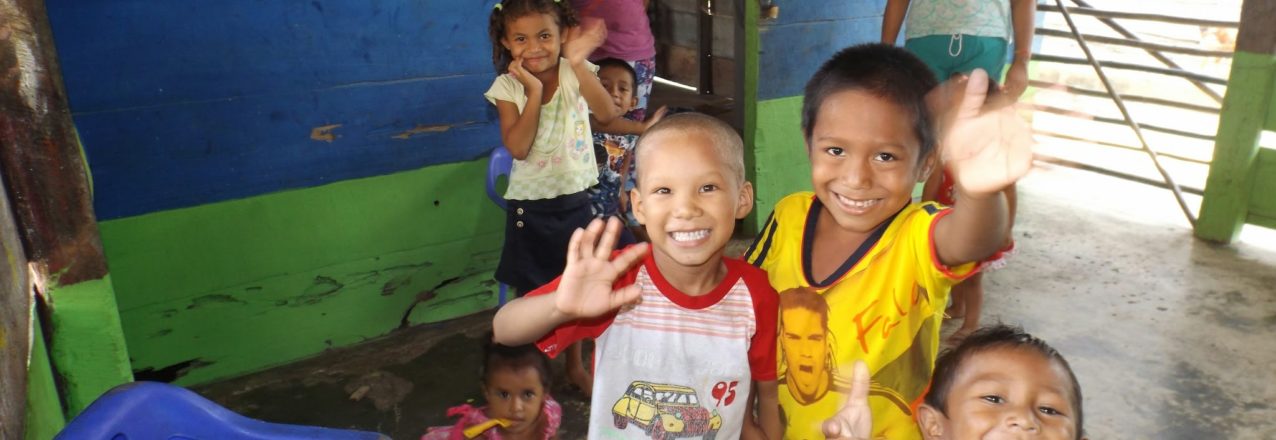Q&A with the Land Restitution Unit’s regional director for Sucre, Bolívar, and Córdoba
Originally appeared on Exposure.
In the region of Montes de María, in northern Colombia, citizens have filed more than 6,000 land restitution claims. To date, the government has processed 85% of them. Judges have issued sentences restituting some 4,000 hectares to 300 families. In this interview, Álvaro Tapia Castelli, the Land Restitution Unit’s (LRU) regional director for Sucre, Bolívar, and Córdoba, speaks about the support that USAID’s Land and Rural Development Program has provided for the restitution process and the LRU’s plans to resolve all remaining claims in 2017.
____________________________________
Q: What characteristics have made Montes de María and the LRU’s mission unique?
A: Since the creation of Colombia’s land restitution policy, Montes de María has been characterized by a large number of restitution claims, especially in municipalities like Ovejas and El Carmen de Bolívar. And at the same time, our regional LRU office has suffered from a shortage of personnel, which prevented us from processing claims systematically and efficiently.
Q: USAID began partnering with your office in 2013. How has the partnership helped the LRU attend to restitution claims?
A: Thanks to USAID, we have enjoyed the support of professionals who could help us accelerate the various phases of the restitution process, including the administrative and judicial phases. The support has allowed us to resolve a large number of pending claims, which has allowed us to be able to provide timely responses to the families seeking the restitution of their land. I would say of the more than 6,000 claims in Montes de María, about 15% were processed with the support of USAID’s Land and Rural Development Program.
Q: Where did USAID and the regional LRU office combine efforts to increase land restitution processes?
A: We were able to push forward about 150 cases for people in the village of Macayepo and in the mountainous area of Bolívar. Today, many of these cases have received rulings from restitution judges. Last year, judges delivered 77 rulings that called for the issuing of property titles for families who were forced to abandon their lands, and some of these parcels have already been formalized. Thanks to USAID, today these families are happy with the land restitution policy.
Q: What are some of the challenges in working with the municipalities in terms of attending to restitution beneficiaries?
A: Before, everyone seemed to think that the restitution policy was the sole responsibility of the LRU. We know that there are a series of entities that participate in the process—these are the entities that make up the SNARIV [1]. And for the case of the regional entities, if we hadn’t had a rapprochement with them in terms of organizing participatory forums where they could learn about the restitution policy and their responsibilities in this regard, it would have been quite difficult to implement the policy at the regional level.
Q: Have you been able to change this perception?
A: Yes, we were able to strengthen interinstitutional coordination in the region, which allowed us to address the issue of secondary occupants. This is an extremely important issue that we wouldn’t have been able to address without USAID’s support. USAID opened up channels of communication with the Ombudsman’s Office, the departmental government, and even mayors’ offices in order to lend support to secondary occupants—families who had nothing to do with abandonment and displacement, but are nonetheless involved in the restitution process.
[1] National System for Comprehensive Victim Support and Reparation.


